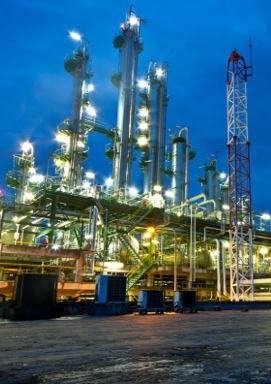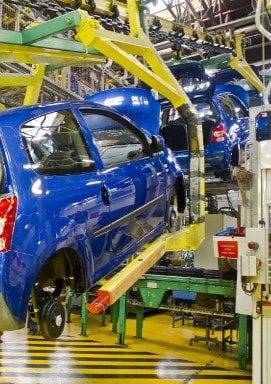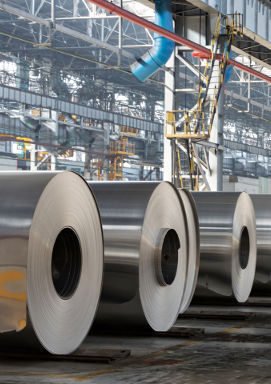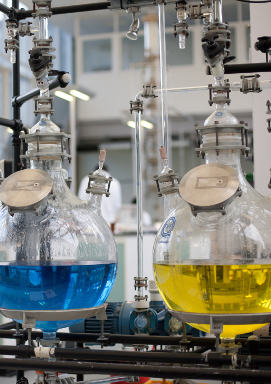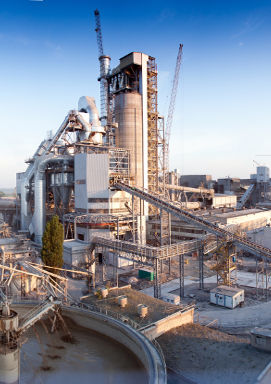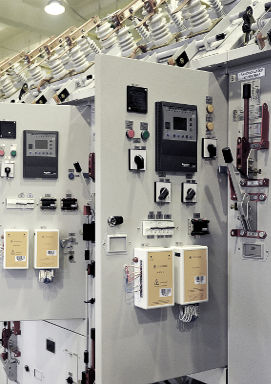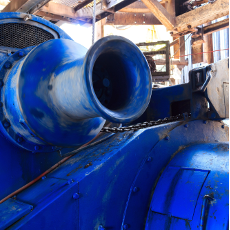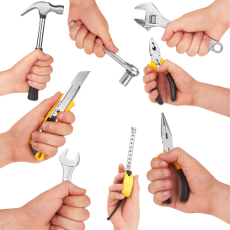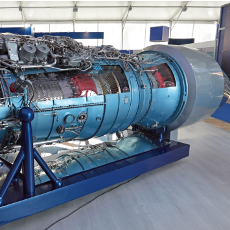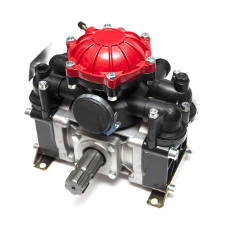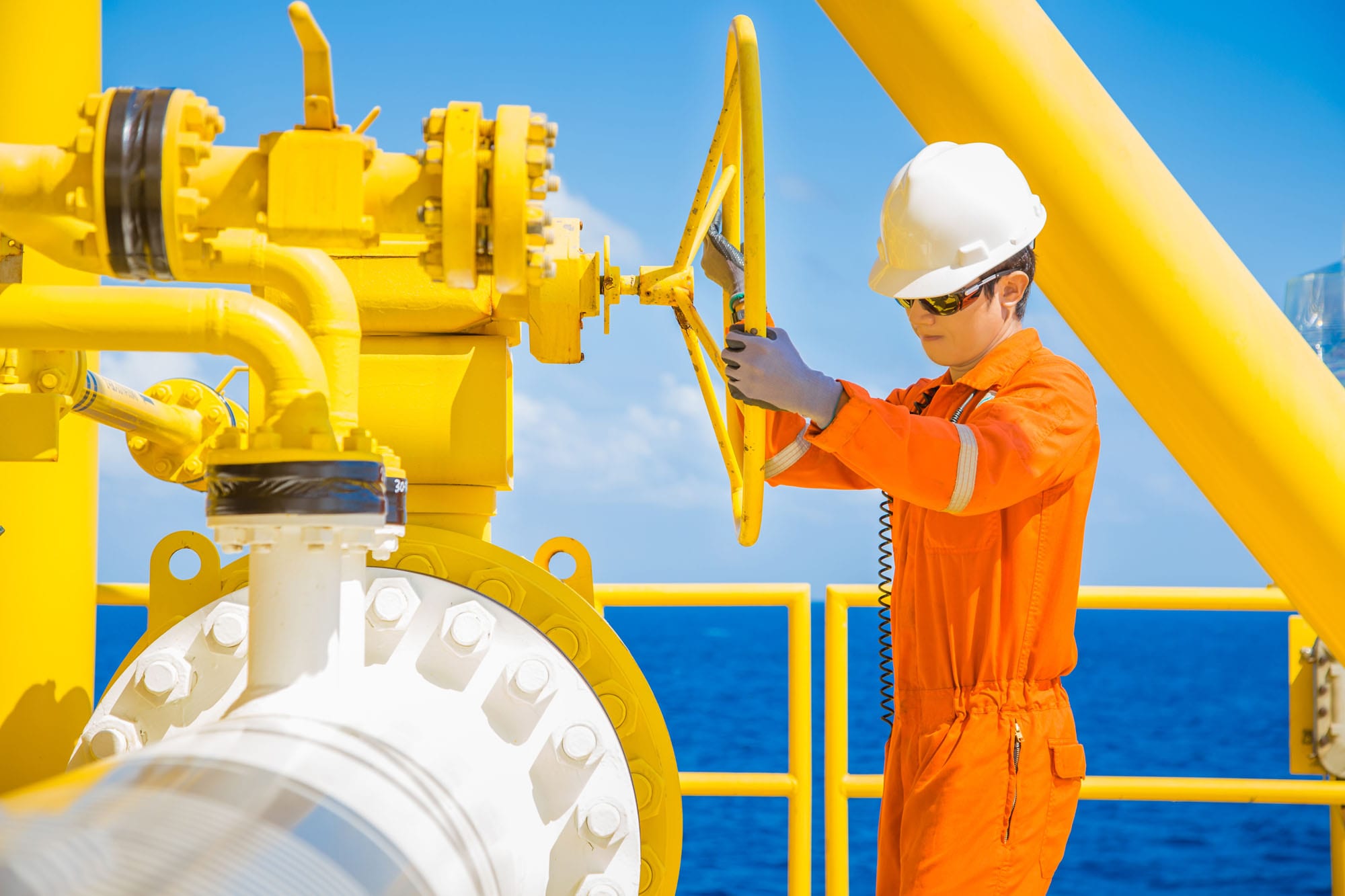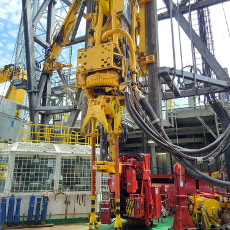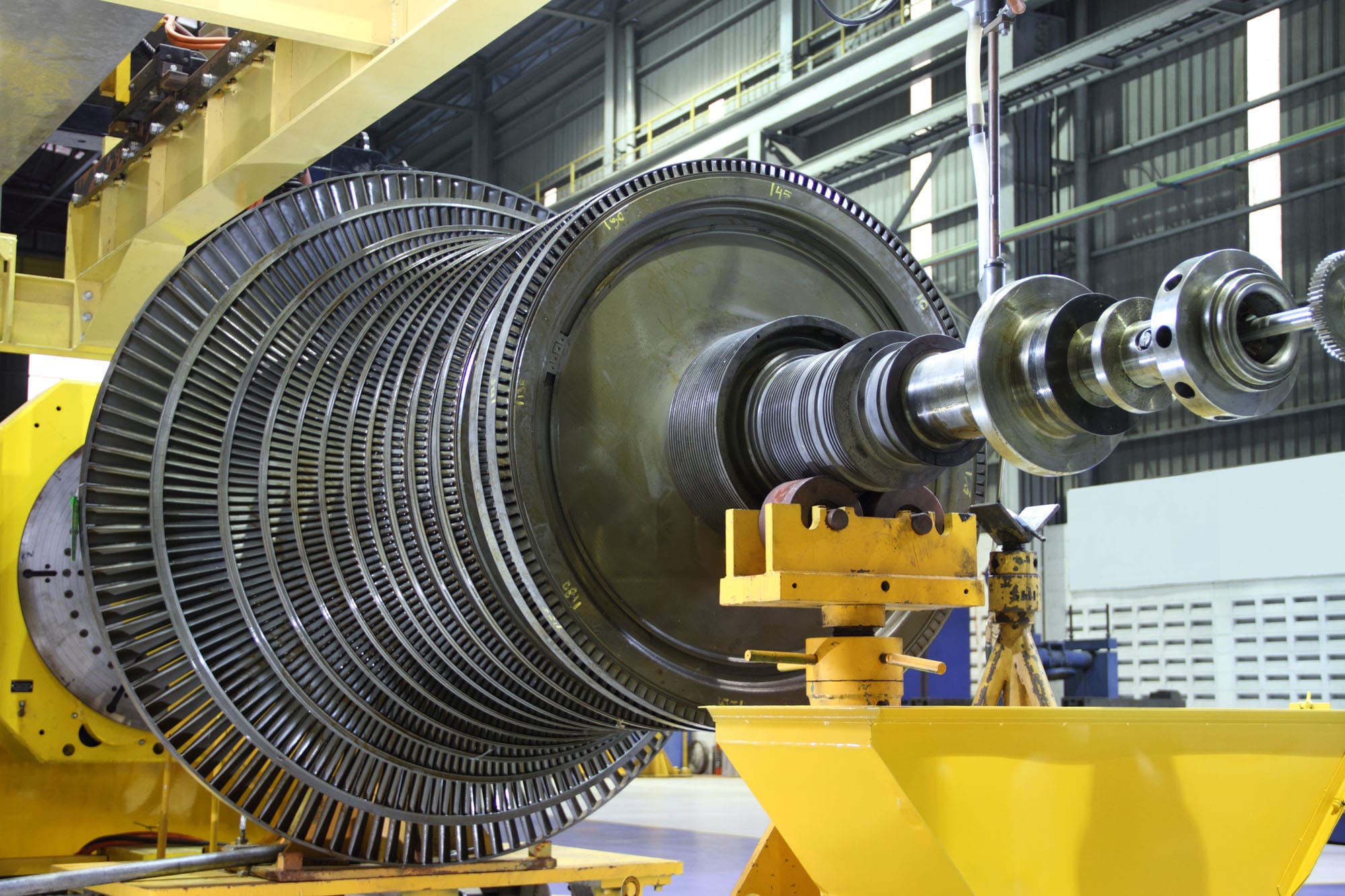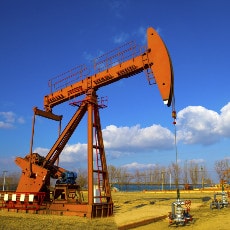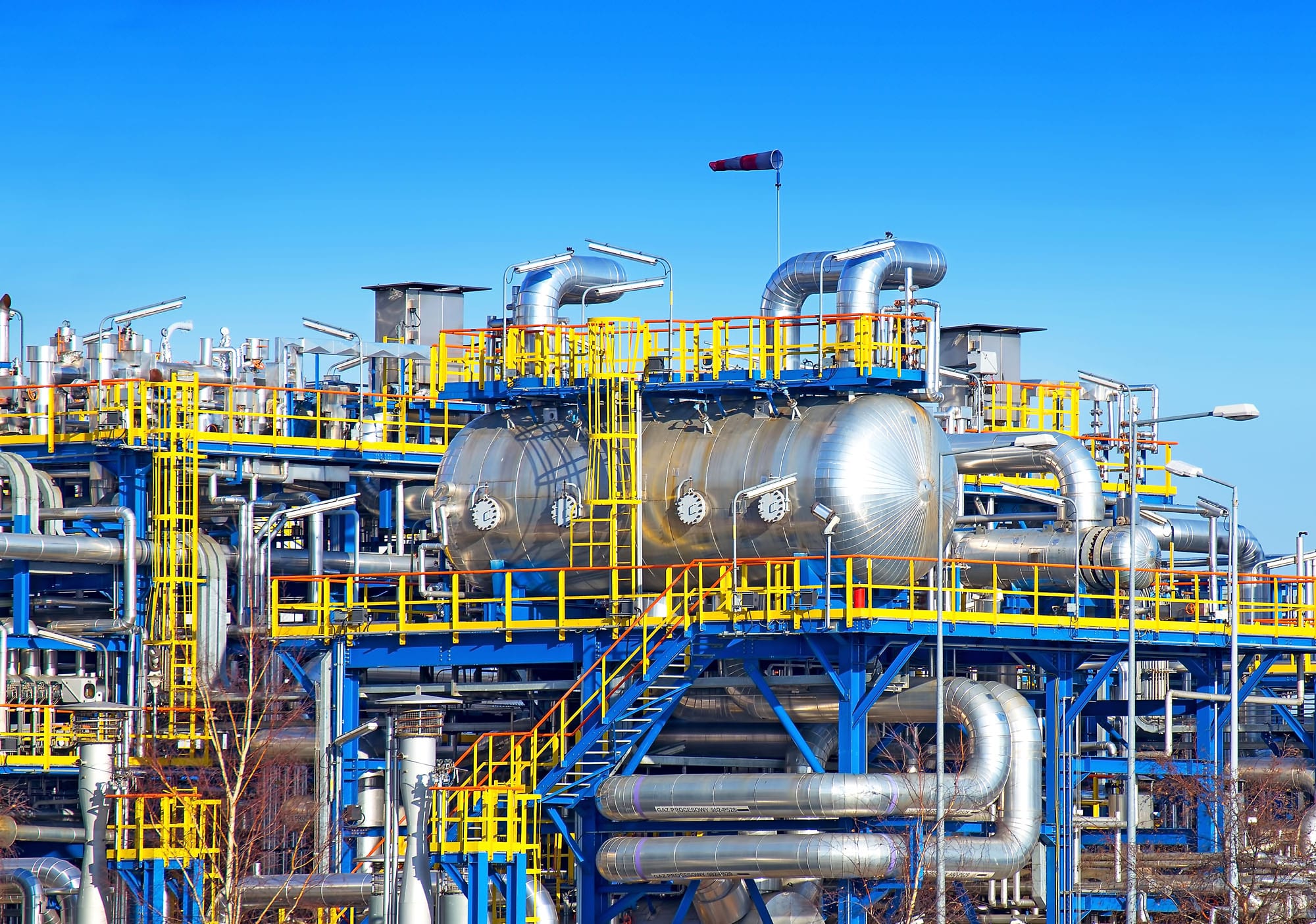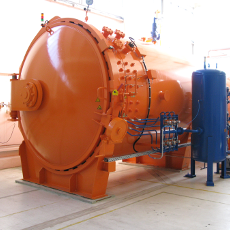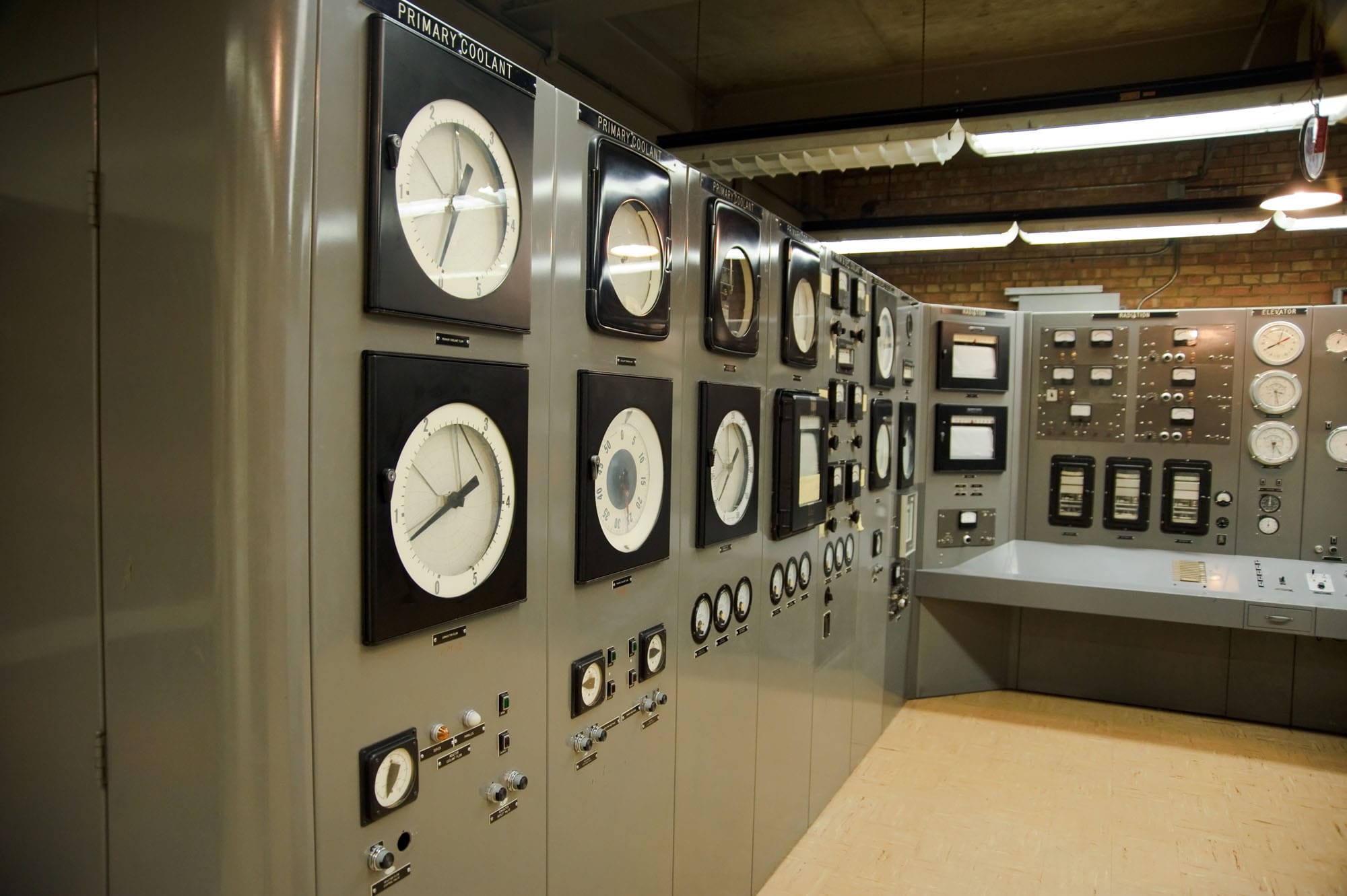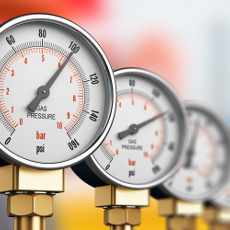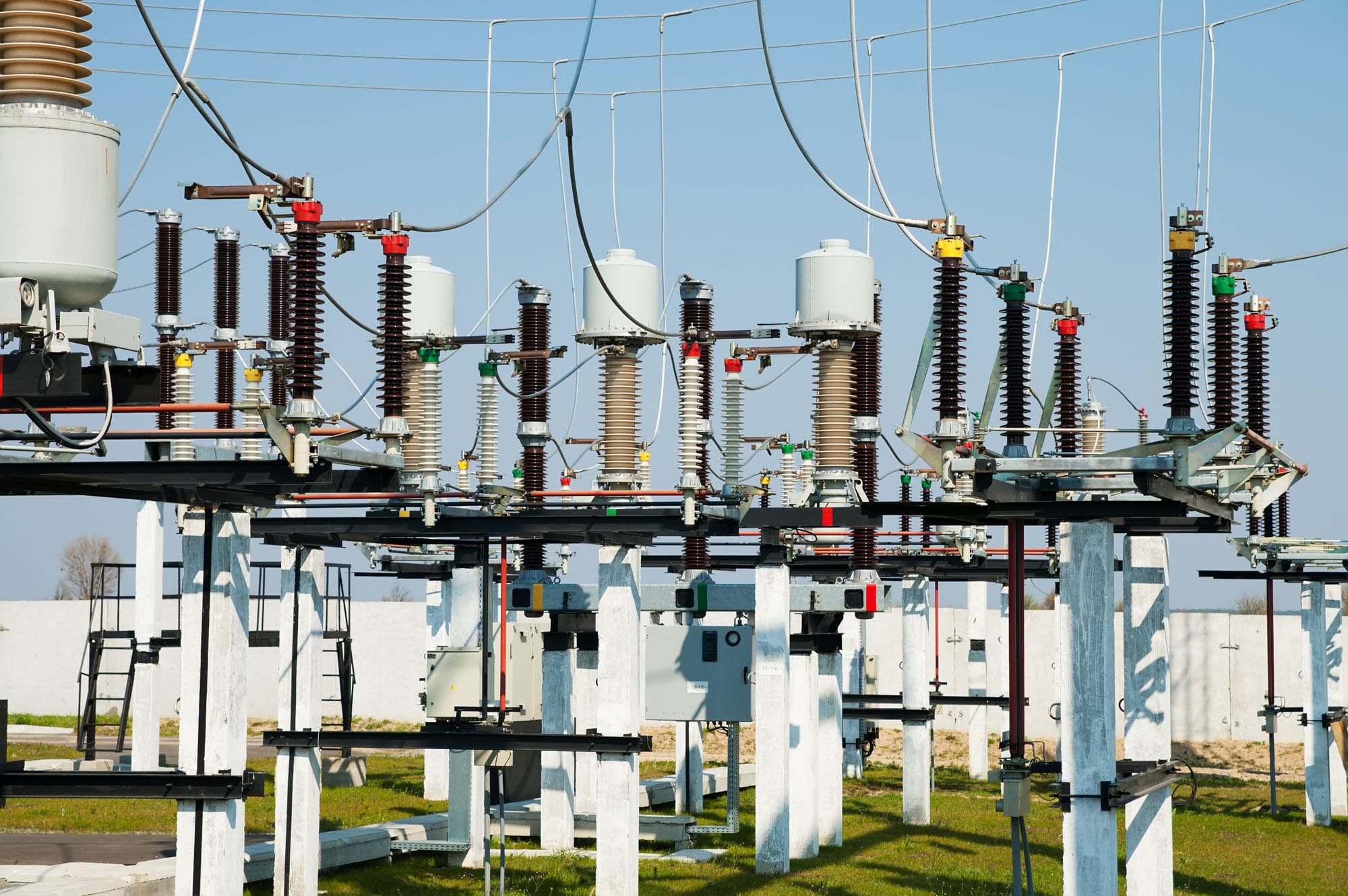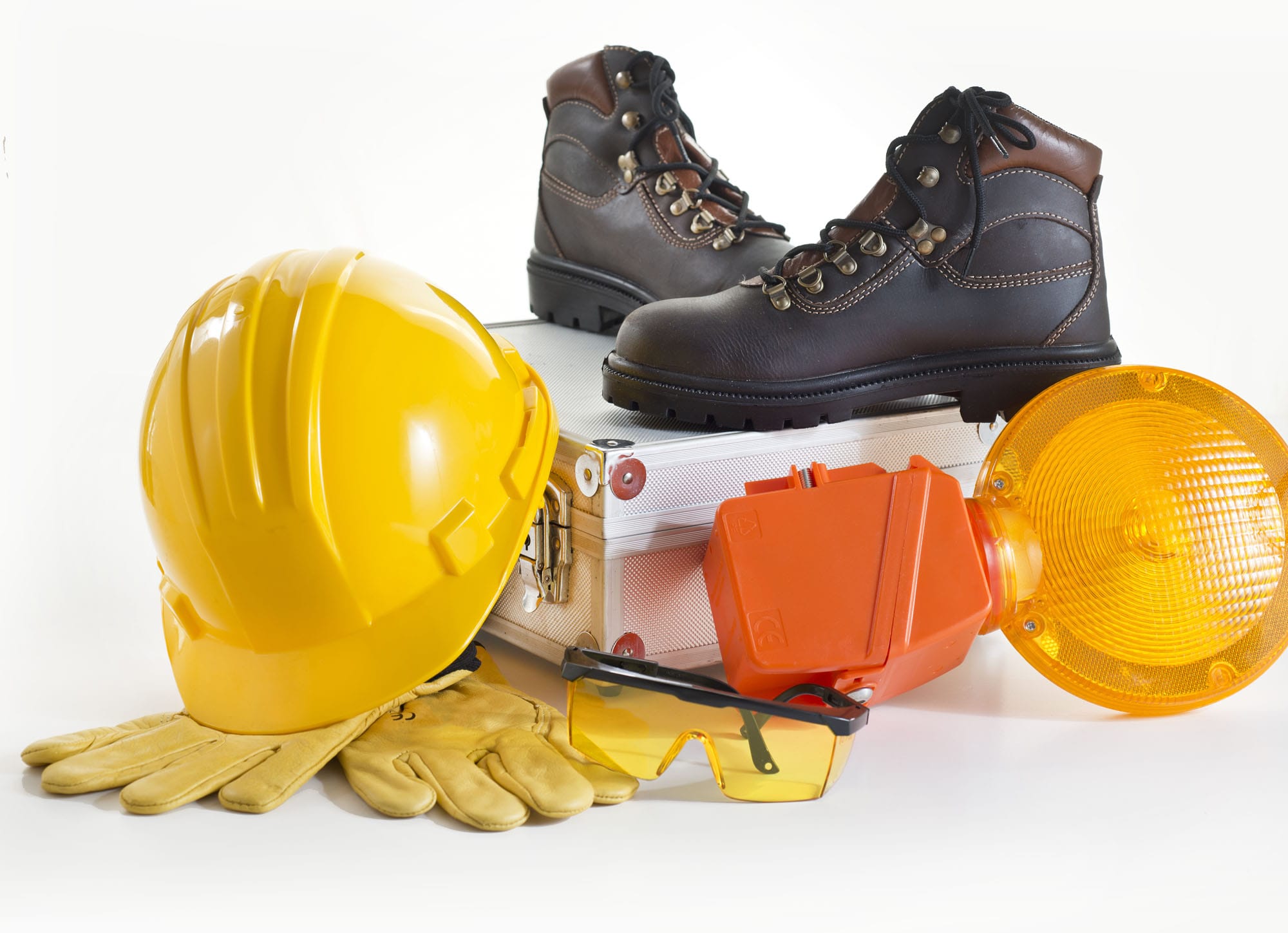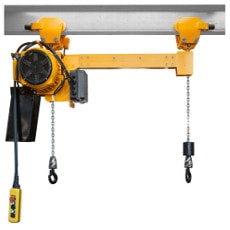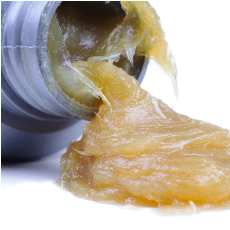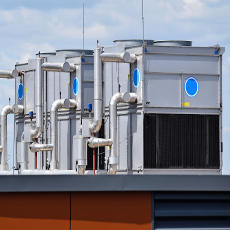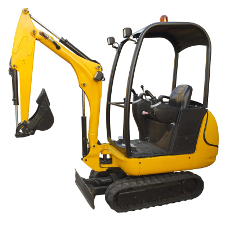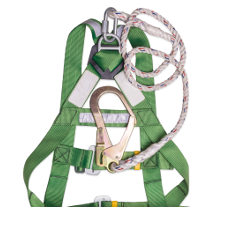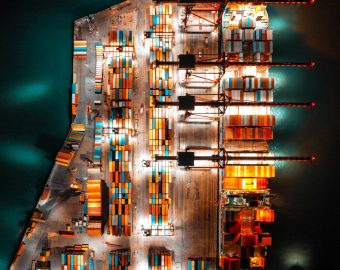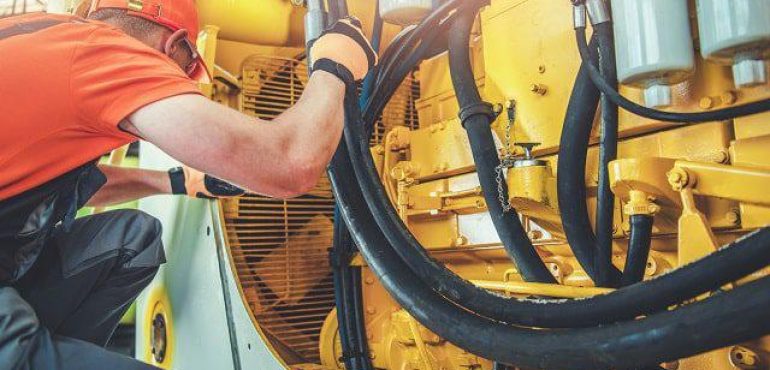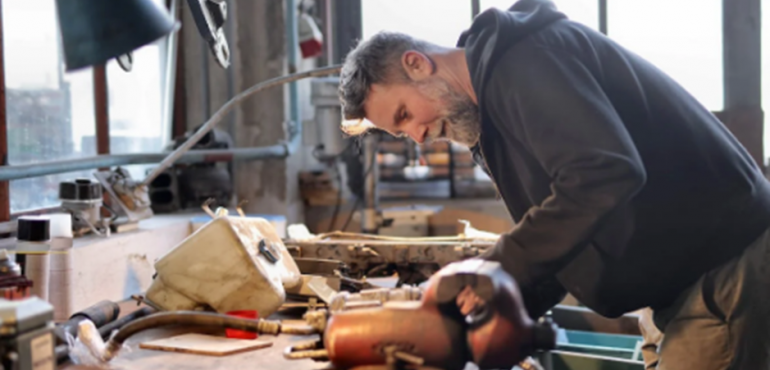We take immense pride in unveiling our latest masterpiece – our digital brochure. Packed with insights, expertise, and solutions that can transform your business, it’s a must-have resource for industry leaders and enthusiasts alike. Ready to explore a world of possibilities? Don’t miss out. Download our brochure today and embark on a journey of excellence with Refteck.
Industrial Valves
Industrial Valves are an essential piece of equipment within every branch of the manufacturing industry and they are heavily utilised within the oil and gas industry, chemical plants and water drainage systems. At Refteck, we are suppliers of industrial valves that vary in size and can withhold a range of pressures regulating the flow of semi-solids, liquids and gases, catering to each and every industry.
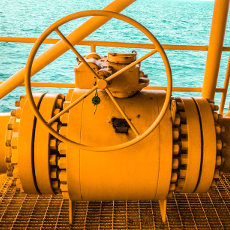
Ball Valve
A ball valve regulates the flow of liquids and gases and can range from one-piece, two-piece, three-piece to a flanged body construction. It is a quick-acting tool as it only requires a quarter-turn of the actuator and can be instantaneously switched on and off. Ball valves are highly-durable as they are made from robust materials so the valve is able to function efficiently in the long term.
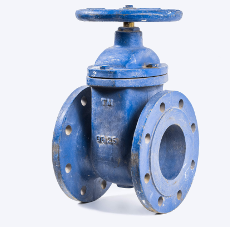
Gate Valve (Also known as a Sluice Valve)
This is one of the most common types of valves, widely used in every industry which act as an on/off switch to either start or stop the flow. We offer a variety of gate valves including screwed, union, bolted-bonnet, welded-bonnet & pressure-seal. Turning the wheel, controls the flow of the liquids and gases by moving the gate up and down. Although fluid regulation is one of the functions, it not recommended as its main purpose is to fully open or fully close the flow.
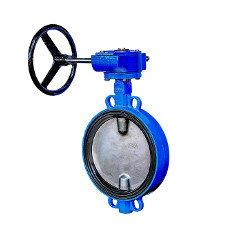
Butterfly Valve
We offer a wide range of butterfly valves that can be used in many applications such as in chemical services, heating and air conditioning, water distribution, agricultural, heavy plant and etc. It uses a circular disk to control the flow of substances and is available in small dimensions so it can be used in confined spaces.
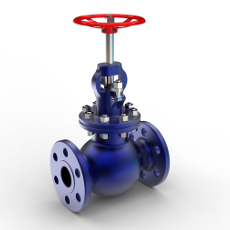
Globe Valve
A globe valve is used to control the flow in a pipeline, differing from a ball valve. It has good shut off and throttling capabilities and is easy to machine. Typical utilisation of an industrial globe valve is in the fuel oil system, cooling water systems, turbine seals and vents.

Plug Valve
Like a ball valve, a plug valve also uses a quarter-turn to regulate the flow, providing no leakage of substances. It can be opened and closed instantaneously and is extremely versatile piece of equipment that can be found in petroleum pipelines, chemical processing or even industrial applications. A plug valve can be used for directional flow maintenance as it can withstand extreme temperatures and safely handles the substances.
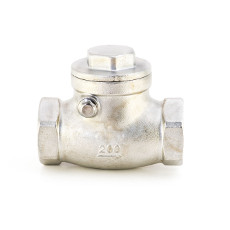
Check Valve
A check valve is one-way directional valve which prevents the flow from reversing because it could ruin the equipment or cause the entire process to halt. Check valves can be used with different media types such as liquids, gases, steam, condensate and other semi-liquids such as slurries.
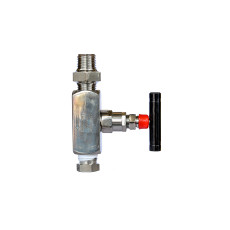
Needle valve
A needle valve is a small piece of equipment that is used to gradually stop the flow of the steam, oil, gas, air and etc. It can also be used for accurate flow regulation even though it is at a slower rate, i.e. in vacuum systems or gas lasers.
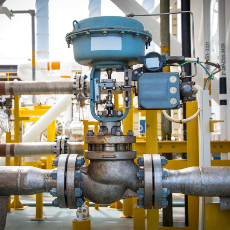
Actuated Control Valves
An actuated control valve is used for particular uses such as regulating corrosive liquids in chemical plants or specific applications in electrical power and transmission grids. Most of these applications require precise control of the flow, which in turn depends on the amount of pressure needed.
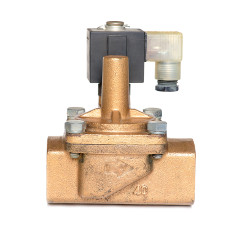
Solenoid Valves
A solenoid valve can be used for various applications including within heating systems, compressed air technology, industrial automation, swimming pools. It allows the system to automatically control the flow of liquids and gases. It is highly reliable and durable as well as allowing for quick operations.
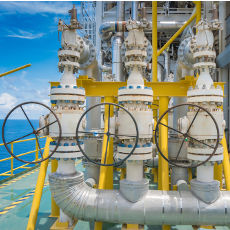
Safety Valve (Also known as a Relief Valve)
A safety valve is a mechanism used to protect a system in the last line of defence. It is used to limit the pressure that has been built up by equipment failure or by a process that has been disrupted. Although the main application for a safety valve is in chemical plants, gas storage tanks and electrical power boiler.
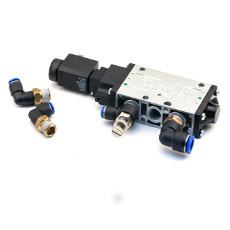
Pneumatic Valve
Pneumatic systems rely on the force of the compressed air and hence the actuators need safe and precise control. There are three different uses for pneumatic valves which are regulating the pressure, controlling the flow and the directional control. They come in various sizes depending on the type of application involved.

Pinch Valve
When dealing with abrasive flow, a pinch valve is very useful as it probably the most versatile valve that is able to deal with harsh flow control situations such as slurries. It is weightless and requires minimal maintenance.
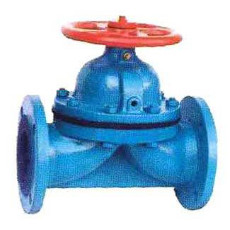
Diaphragm Valve
One of the key advantages for a diaphragm valve is that it can be used for throttling purposes as it is bidirectional and hence it can also be used for on/off function. It is extremely clean and can be easily maintained. If there are any repairs that need to be made, then they can happen without interrupting the pipeline.
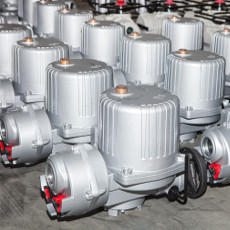
Electric Actuators
Electric actuators can replace the hydraulic systems by self-automated actuators which run on electrical power, eliminating the need for hydraulic pumps and tubing, delivering precision and repeatability. As they are programmable, the electric actuators are able to adapt to any situation, and hence are useful for many applications such as aircrafts.
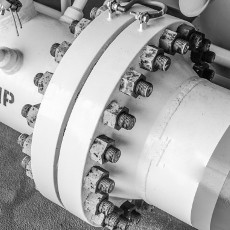
Flanges
As flanges are mainly used in plumbing systems and industrial applications, certain standards have been established for the production of them. We offer a wide range of flanges including welding neck flanges, slip on flanges, socket weld flanges, lap joint flanges, threaded flanges, and blind flanges. They are available in a variety of materials such as stainless steel, cast iron, brass, aluminium, and etc.
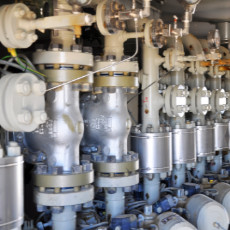
Manifold
A manifold is an essential piece of equipment utilised throughout the process industry. It is used to either converge multiple branches into a single channel or diverge a single channel into multiple branches. There are a variety of manifolds available but choosing the correct one depends on pressure, flow, temperature, material selection, and port & valve selection.






